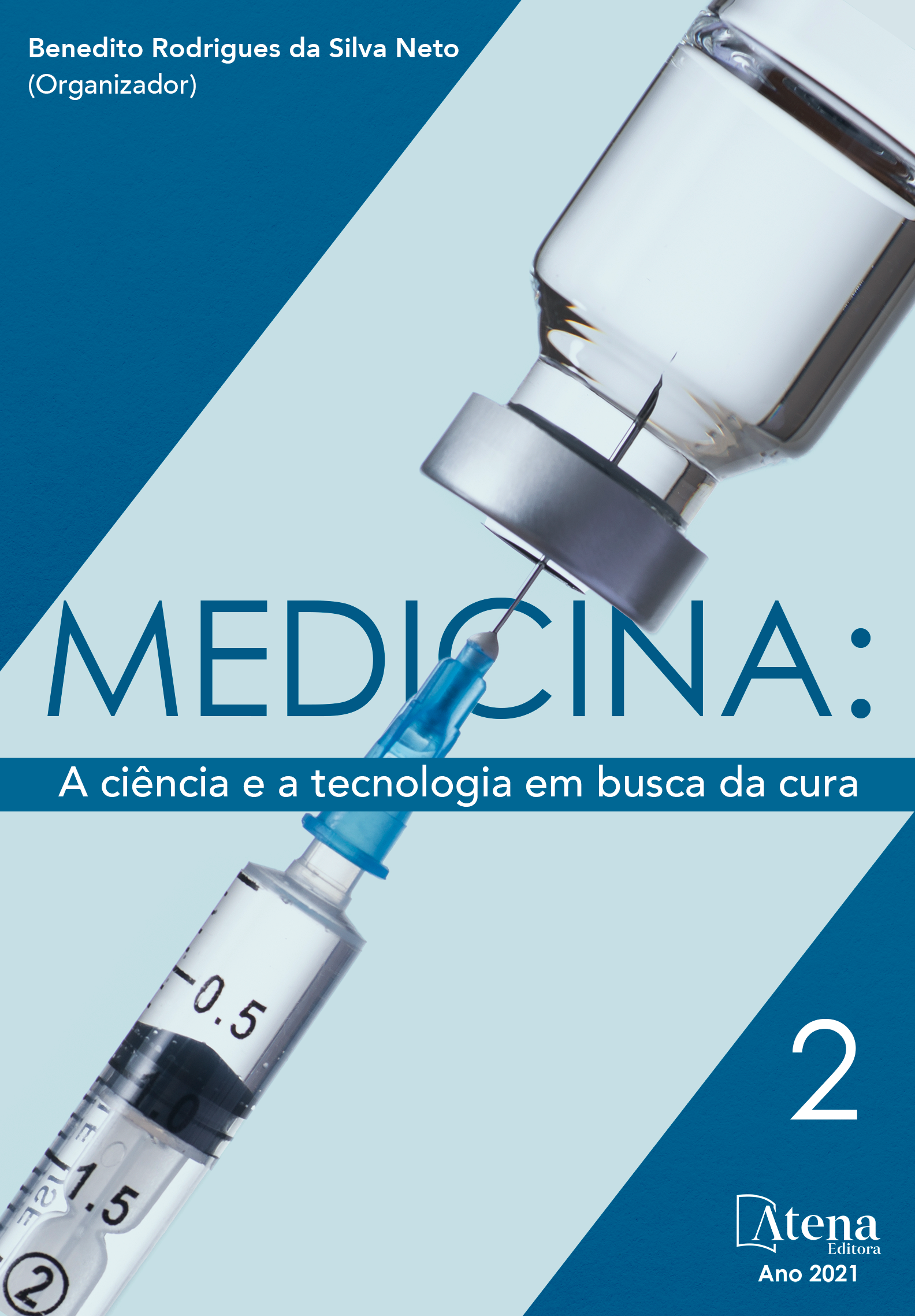
SUPERIORIDADE DA CIRURGIA METABÓLICA EM COMPARAÇÃO AO TRATAMENTO FARMACOLÓGICO NA REMISSÃO DA DIABETES MELLITUS TIPO 2 EM PACIENTES OBESOS: UMA REVISÃO DE LITERATURA
Objetivo: Evidenciar a superioridade da cirurgia metabólica em comparação ao tratamento clínico no que se refere ao controle do Diabetes Mellitus tipo 2 em pacientes obesos e à melhora de parâmetros sistêmicos, reduzindo assim a morbimortalidade das condições subjacentes a essas doenças. Revisão: O Diabetes Mellitus tipo 2 (DM2) é uma síndrome endócrino-metabólica, caracterizada por hiperglicemia crônica, associada à resistência tecidual à insulina e de caráter multifatorial. Cerca de 51-59% dos diabéticos possuem obesidade, visto que esta representa o maior fator predisponente à gênese de resistência à insulina. A associação da DM2 com a obesidade exacerba as comorbidades que estas doenças possuem em comum, especialmente dislipidemia, hipertensão arterial, disfunção endotelial, complicações microvasculares e macrovasculares, e aumento do risco cardiovascular. Nos casos de DM2 combinada com a obesidade, é realizada a cirurgia metabólica com o propósito de melhorar o controle metabólico deste paciente, controlando melhor, assim, as comorbidades anteriormente citadas. Atualmente ela é recomendada para pacientes com obesidade grau III, obesidade grau II associada a DM2, e obesidade grau I sob avaliação individual. Considerações finais: Constatou-se que atualmente o Bypass Gástrico em Y de Roux (BGYR) é o método preferencial, sendo aplicado em 75% das cirurgias metabólicas. Apesar de não ser o mais eficaz na perda ponderal e redução dos parâmetros metabólicos, ao considerar a segurança do procedimento e seus efeitos indesejáveis, o BGYR possui uma relação risco/benefício superior às demais técnicas, sendo mais favorável na maioria dos pacientes obesos com DM2.
SUPERIORIDADE DA CIRURGIA METABÓLICA EM COMPARAÇÃO AO TRATAMENTO FARMACOLÓGICO NA REMISSÃO DA DIABETES MELLITUS TIPO 2 EM PACIENTES OBESOS: UMA REVISÃO DE LITERATURA
-
DOI: 10.22533/at.ed.95321201224
-
Palavras-chave: Obesidade; Diabetes Mellitus; Resistencia a insulina; Hipertensão.
-
Keywords: Obesity; Diabetes Mellitus; Insulin Resistance; Hypertension.
-
Abstract:
Objective: To disclose the fact that metabolic surgery has shown to top the clinical treatment when controlling type 2 diabetes in obese patients and improving metabolic systemic rates, therefore reducing the morbimortality of the associated conditions with both diseases. Review: Type 2 Diabetes Mellitus (T2DM) is a endocryne-metabolic syndrome, characterized by chronic hyperglycemia, associated to peripheral insulin resistance and has a multifactor character based etiology. About 51-59% of diabetic patients have obesity, seen as it represents the highest predisponent factor to insulin resistance genesis. The association between type 2 diabetes and obesity exacerbates the comorbidities that these diseases have in common, especially dyslipidemia, arterial hypertension, endothelial dysfunction, microvascular and macrovascular complications and higher cardiovascular risk. In cases of T2DM associated with obesity, metabolic surgery is performed with the intent of improving the patient’s metabolic control, also better managing the comorbidities previously described. Currently the surgery is recommended for patients with class 3 obesity, class 2 obesity associated with T2DM and class 1 obesity under individual analyses. Final considerations: It was found that currently the Roux-en-Y Gastric Bypass (RYGB) is the method of choice, which is performed in 75% of the metabolic surgeries. Despite not being the most effective method referring to weight-loss and metabolic rates reduction, when considering the procedure’s safety and its undesirable side effects, the RYGB has a risk/benefit ratio superior to the other techniques, being the most favorable one in most obese patients with T2DM.
-
Número de páginas: 14
- Pietra Molin Lorenzzoni
- Nathália Cazarim Braga de Lima
- Giovanna Nascimento Haberli
- Giovanna Dissenha Conte
- Debora Maes Fronza
- Bruna Sartori da Silva
- Bruna Orth Ripke
- Ariella Catarina Pretto
- Keila Kristina Kusdra
- Vitória Henz De Negri


